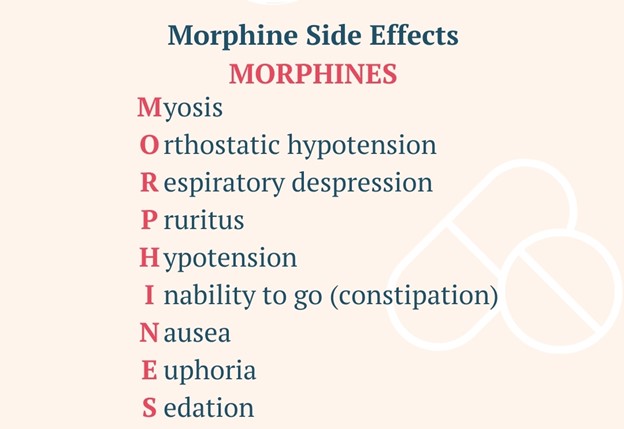A nurse is reviewing the laboratory values of a client who is taking atorvastatin. Which of the following laboratory values indicates the treatment has been effective?
BUN 15 mg/dl.
LDL 120 mg/dL
Urine specific gravity 1.020
Blood glucose 90 mg/dl
The Correct Answer is B
A. BUN 15 mg/dL:
Incorrect Explanation: Blood urea nitrogen (BUN) is not a specific marker for assessing the effectiveness of atorvastatin treatment.
Explanation: BUN is a measure of kidney function and the breakdown of protein in the body. It is not directly related to the cholesterol-lowering effects of atorvastatin.
B. LDL 120 mg/dL.
Explanation:
Atorvastatin is a medication used to lower cholesterol levels, particularly low-density lipoprotein (LDL) cholesterol, which is often referred to as "bad" cholesterol. Elevated LDL cholesterol levels are a risk factor for cardiovascular disease. The goal of using medications like atorvastatin is to reduce LDL cholesterol levels to a target range, as recommended by healthcare guidelines.
A lower LDL cholesterol level indicates that the treatment with atorvastatin has been effective in achieving the desired therapeutic goal of lowering cholesterol levels and reducing the risk of cardiovascular events. Therefore, a decrease in LDL cholesterol is a positive outcome of atorvastatin therapy.
C. Urine specific gravity 1.020:
Incorrect Explanation: Urine-specific gravity is not a marker for assessing the effectiveness of atorvastatin.
Explanation: Urine-specific gravity measures the concentration of urine and is related to hydration status and kidney function. It is not used to evaluate the effectiveness of cholesterol-lowering medications like atorvastatin.
D. Blood glucose 90 mg/dL:
Incorrect Explanation: A blood glucose level of 90 mg/dL is not indicative of the effectiveness of atorvastatin treatment.
Explanation: Blood glucose level measures the amount of sugar in the bloodstream and is unrelated to the cholesterol-lowering effects of atorvastatin.
Nursing Test Bank
Naxlex Comprehensive Predictor Exams
Related Questions
Correct Answer is A
Explanation
A. Increased respiratory rate.
Naloxone is an opioid receptor antagonist used to reverse the effects of opioids like morphine. When administered to a client who has developed an adverse reaction to morphine, naloxone can rapidly reverse the effects of opioid overdose, including respiratory depression. Therefore, an increased respiratory rate is a therapeutic effect of naloxone, as it helps restore normal breathing patterns in clients who are experiencing respiratory depression due to opioid overdose.
B. Decreased blood pressure: Naloxone is not primarily used to affect blood pressure. Its primary goal is to reverse opioid overdose effects, particularly respiratory depression.
C. Increased pain relief: Naloxone does not directly increase pain relief. Its primary action is to reverse the effects of opioids at the receptor sites, which can also lead to the reduction of pain relief provided by opioids. However, its main role is the reversal of opioid overdose effects, not enhancing pain relief.
D. Decreased nausea: Nausea is a common side effect of opioid use. While naloxone can help reverse opioid overdose effects, it does not necessarily directly address nausea. Its main purpose is to restore normal respiratory function in cases of opioid overdose.

Correct Answer is B
Explanation
A. Slow the infusion rate:
Incorrect Explanation: Slowing the infusion rate is not the appropriate action when fluid infiltration has occurred.
Explanation: Fluid infiltration occurs when the IV catheter becomes dislodged from the vein and fluid enters the surrounding tissues. Slowing the infusion rate will not prevent or address this issue.
B. Apply pressure to the IV site:
Correct Answer: Applying pressure to the IV site is an appropriate initial action when fluid infiltration occurs.
Explanation: Applying gentle pressure just above the insertion site can help prevent further fluid from entering the surrounding tissues. This can help minimize the extent of infiltration and reduce potential complications.
C. Elevate the extremity:
Incorrect Explanation: Elevating the extremity is not the primary action to take when fluid infiltration is present.
Explanation: Elevating the extremity might be helpful in reducing swelling and promoting blood flow in general, but it's not the primary action to address fluid infiltration.
D. Flush the IV catheter:
Incorrect Explanation: Flushing the IV catheter is not the appropriate action for addressing fluid infiltration.
Explanation: Flushing the catheter might exacerbate the infiltration by pushing more fluid into the surrounding tissues. It's important to address the issue of infiltration first.
Whether you are a student looking to ace your exams or a practicing nurse seeking to enhance your expertise , our nursing education contents will empower you with the confidence and competence to make a difference in the lives of patients and become a respected leader in the healthcare field.
Visit Naxlex, invest in your future and unlock endless possibilities with our unparalleled nursing education contents today
Report Wrong Answer on the Current Question
Do you disagree with the answer? If yes, what is your expected answer? Explain.
Kindly be descriptive with the issue you are facing.
